Chinese Cinderella is currently taught on the Edexcel GCSE/IGCSE English Language Paper 1 curriculum. It is one of the 10 non-fiction texts which students answer on in Section A. This blog is a guide for teaching this text based on my Chinese Cinderella GCSE Scheme of Work.
The first thing that I notice when teaching this text is the instant reaction to ‘Cinderella’. Almost all students are familiar with the fairytale, with the exception of a small minority of international students. Some have fond memories of hearing or interacting with the fairytale and others have a more visceral reaction to it, recoiling from the outdated messages. It’s interesting to draw the similarities and differences between Chinese Cinderella and the fairytale Cinderella.
Following the narrator’s plight evokes a range of emotions, culminating with the hope and excitement of her impending move to England; but how can we support students to capture that in their exam essays? How can we break it down to consider not only the message from a critical stance, but how Mah conveys the variety of emotions resulting from a challenging upbringing through multiple language and structural techniques?
Chinese Cinderella Scheme of Work
I’ve created a Chinese Cinderella GCSE scheme of work for busy teachers to take you step-by-step through the text. It contains everything from an engaging, thought-provoking starter to identifying language techniques. There’s text annotation and Edexcel GCSE style questions on the text, including the Question 4 12-marker and a comparison to another GCSE text, The Danger of a Single Story. This resource contains editable Google slides, quizzes with answer keys, comprehension questions, exam questions, techniques and model exam answers and close textual annotations of the whole GCSE extract. All activities are ready to download and print in PDF form or there are links for you to personalise them if you wish.
Edexcel GCSE/IGCSE English Language Paper 1 Exam Structure
The 2 hour 15 minutes Edexcel IGCSE English Language Exam is split into Section A and Section B. Section A is the reading assessment and candidates are presented with one of the 10 Anthology non-fiction texts and one thematically linked unseen text. They have 5 questions to answer in Section A:
- A 2 -mark retrieval question. Lifting and copying two brief and relevant quotes from the unseen text is the skill being assessed in this question.
- A 4-mark summary question. Candidates are asked to paraphrase a certain event, character or theme from the unseen text.
- A 5-mark ‘SQUID’ question (it’s an acronym not a slimy sea creature!). Students identify five distinct details from the unseen text and use quotations to support their points.
- A 12-mark extended analytical response on the seen text.
- A 22-mark comparative essay, usually based on the writers’ perspectives, experiences or feelings.
Section B is a writing assessment. Candidates choose between two options, which are normally loosely based on the Section A texts. The text types include a letter, article, speech or leaflet. Both Section A and Section B are equally weighted, worth 45 marks each.
Chinese Cinderella PDF Activities
I address the clear link with Cinderella to start off this Chinese Cinderella GCSE scheme of work. We have a quick discussion about it to quickly gauge how much they know and remember about the story. I then play them a short 2–3-minute video summary of the story and ask them focused questions to encourage them to think about Cinderella through the lens of themes and messages about family and escaping challenging circumstances.
It’s also useful to give some context about Adeline Yen Mah. Context isn’t explicitly assessed on the English Language exam, but it gives the students a solid base from which to interpret the text. Doing this immediately encourages them to draw similarities and differences between Chinese Cinderella and Cinderella.
Chinese Cinderella Language and Structure Techniques
I quickly review key language techniques in the extract so that they are fresh in students’ minds as they read before diving into the text. Included in this resource is a matching activity. Students match the definition and technique, which they can either copy, cut and paste or simply number. Students can write their own examples of the techniques as an extension. This is also a useful revision tool for Chinese Cinderella.
Chinese Cinderella GCSE Extract Text Annotations
I often ask students to do an initial reading with 2 different coloured highlighters before close textual analysis. They highlight language which depicts fear and dread in one colour and hope and excitement in another. It is a fairly straightforward extract for students to understand on a surface level – a girl who returns home from boarding school to learn that she has won a creative writing competition. The more challenging skill comes in unpacking how and why Adeline Yen Mah presents her challenges to the reader and how she overcomes difficult circumstances.
When it comes to closely analysing the text of the extract, there are a few ways of approaching the activity. You can read and annotate together with students completing the annotations in real time. Alternatively, you can split students into groups and ask each group to focus on a certain paragraph before feeding back to the class. Or you could read and discuss, then ask students to complete the annotations for homework.
There are many ways of approaching close textual analysis; I find that varying the method for different texts keeps students interested through the unit. Detailed annotations of language and structural techniques are included in this Chinese Cinderella GCSE/IGCSE scheme of work.
Edexcel GCSE/IGCSE English Language Paper 1 Exam Chinese Cinderella Question 4
After analysing the text, I do a quick AFL quiz with students to assess their understanding of the language and structure of the text, then introduce exam practice questions. Quiz questions for a straightforward low stakes true and false quiz with answers are available on the slides and in PDF form with this resource. This can be done as a whole class activity on the interactive whiteboard or handed out to students to do in pairs or individually, depending on your time and the nature of your class.
Questions 1, 2 and 3 on the Edexcel IGCSE English Language Paper 1 exam test students’ understanding of the unseen text, whereas question 4 assesses analysis and evaluation of the previously studied text. When you teach the 10 non-fiction texts, it’s useful to focus on one or two of the questions per text. That way, you can teach the structure, rubric and help students to plan and write quality responses. You have time for self and peer assessment as well as model answers. Over the span of studying all 10 texts, students will cover all question types from the language exam.
Chinese Cinderella Question 4 Model Answer
In this Chinese Cinderella resource pack, there is a prompt in the style of the 2-mark question and the 12-mark question 4 from the Language Exam Paper 1 Section A. For the 2-mark question 1 example, explain how students gain full marks, ask them to answer the question available on the slides, then self or peer assess straight away. That way, they get immediate feedback and can achieve a low stakes question before moving on to the more challenging 12-mark and 22-mark questions 4 and 5.
For the question 4 prompt, firstly, take students through the rubric so that they familiarise themselves with how the response is awarded. Then, you can take students through the example PETER paragraph (point, evidence, technique, explain, refer). If you wish, you can ask them to order the parts of the example paragraph, so they grapple with the concept of a cohesive paragraph. This way, there are scaffolds in place to support students to produce high quality responses.
Included in the Chinese Cinderella GCSE scheme of work, I have provided sub-questions to offer to small groups in the class. Each sub-question can be answered in the form of a PETER paragraph to answer a particular angle on the main prompt. If you don’t want to do group paragraphs, you can give them the sub-questions as planning prompts before students answer the main question. After they have composed a response, offer them a full mark model answer (included with the activities) to demonstrate how the marks are awarded for this question type. Allowing students to see a full-mark answer in comparison to their work can help them identify what they need to do to close the gap between where they are and a full-mark answer.
Chinese Cinderella 22-mark Edexcel GCSE Question and Answer
For this text, I also introduce students to Question 5 on the English Language Paper 1 – the 22-mark comparative essay. In the exam, students compare the studied set text to an unseen text, which is usually thematically linked to the text studied in class. If you are teaching all 10 texts and have a limited time, you can ask students to compare to one of the set texts before you study it in detail. I find that The Danger of a Single Story compares well with Chinese Cinderella. Although they are different text-types, both deal with unfairness and discrimination in some way.
I first give students the question of focus, but before asking them to answer it, I go through the rubric. You could ask students to highlight key words or identify skills required to achieve top marks for this question. Then, ask students to complete a comparison table after simply reading the Danger of a Single Story text (not studying it in detail yet to mimic the exam), making notes identifying similarities and differences between the texts. It’s useful for students to do a brief condensed version of this process in the exam. I have included an editable template with key comparisons in the resource pack.
Chinese Cinderella Edexcel GCSE Exam Practice
Once they have done the notes in pairs or independently, take feedback. Students could complete this digitally then combine notes on a shared document or platform if your situation enables digital interaction between students (sharing a document on Teams for example). Now, students have generated ideas to write in their comparative essay, I share an example of how to construct an effective comparative paragraph. As an examiner, I see many superficial and unorganised comparisons, which reduce students’ marks. Teaching a paragraph formula can help students quickly and effectively construct cohesive essays.
A big part of comparative writing is connecting ideas. I have included a quick connective activity to compile a variety of comparison and contrast connectives so that students have a range of ‘signposts’ for their ideas available to them in their ‘exam toolkits’. When that quick activity is done (answers included in the resource pack), students can actually write their answers. Giving them a framework and collective idea generation enables them to write higher quality answers straight away.
Edexcel GCSE/IGCSE English Language Transactional Writing
There are also a couple of creative activities included in this Chinese Cinderella GCSE scheme of work. Time-permitting, you could use it as a class activity if you feel that students aren’t connecting with the text, as a homework assignment or an extension activity to challenge students to broaden their perceptions of the text. This can help develop skills required for Section B of Paper 1 (Transactional Writing) and Section B of Paper 2 (Imaginative Writing).
Chinese Cinderella Teaching Resources Edexcel GCSE English Language
To sum up, some of the best techniques for teaching the 10 non-fiction texts that I included in my Chinese Cinderella GCSE scheme of work comprise:
- Hook students with an intriguing starter activity
- Use alternative methods to closely analyse and annotate the text
- Quiz students for quick AFL strategy to assess whether they are engaging with the text
- Practise either questions 1-3, question 4 or question 5 from the Language paper
- Study model answers, including examples of typical mistakes students make in the exam responses
- Offer an optional creative activity as homework or an extension to challenge students’ perceptions of the text
Good luck teaching Chinese Cinderella – it’s suspenseful and harrowing so interesting to teach in so many ways. Comment below if you can add any useful teaching and learning techniques for this text.


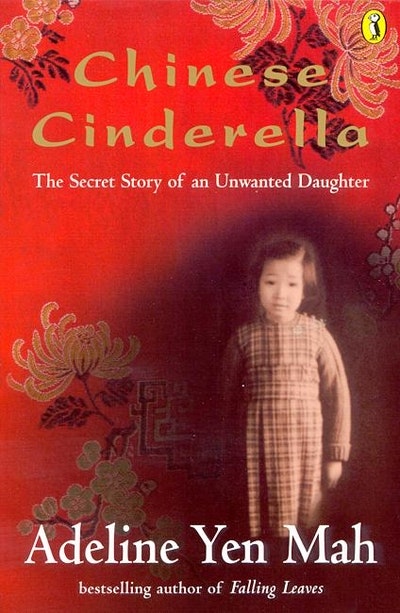
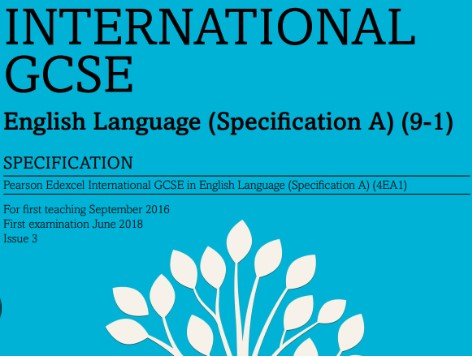
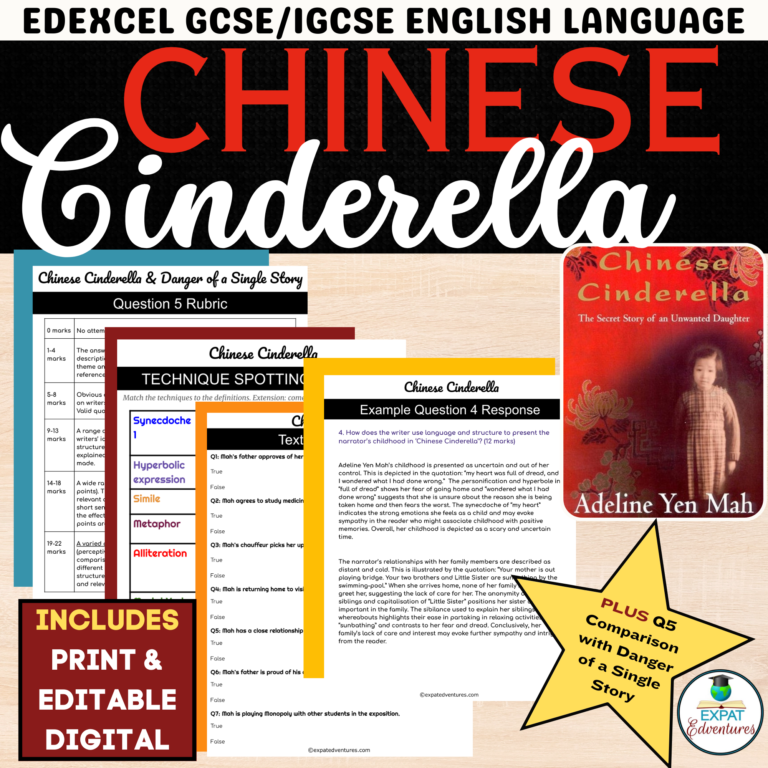
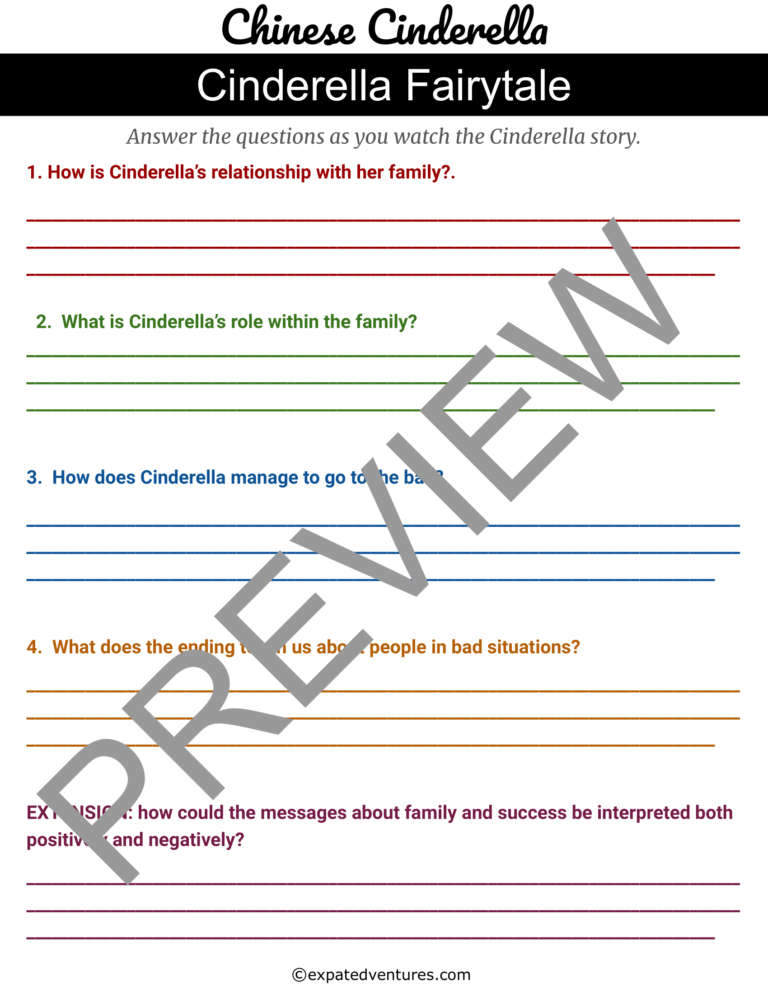
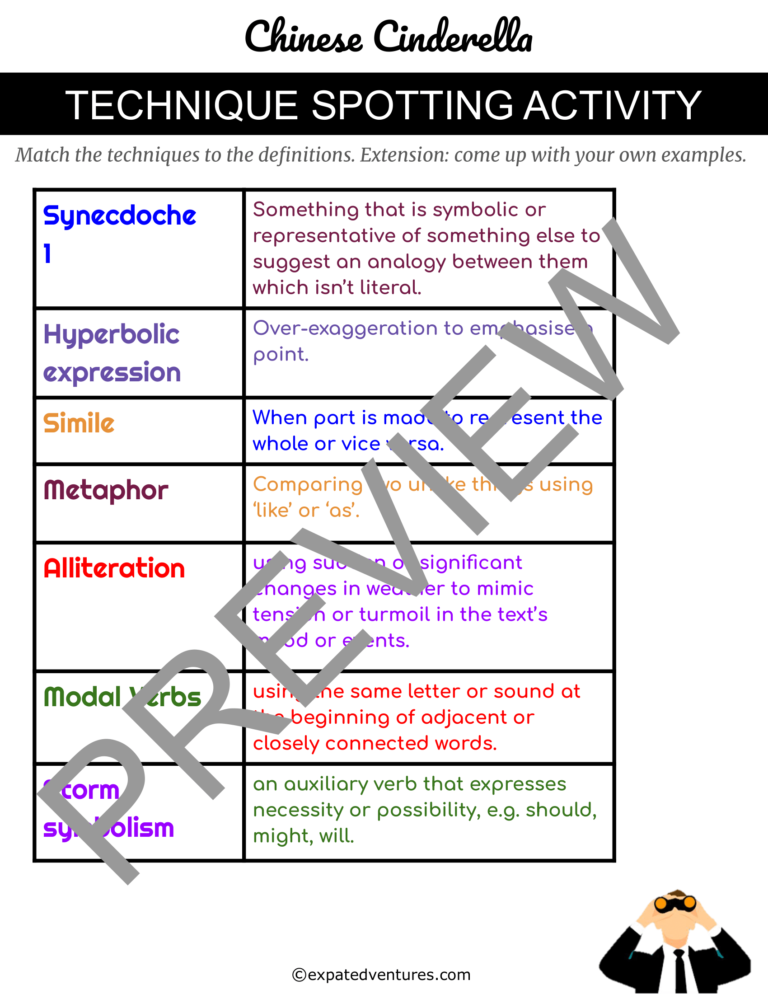


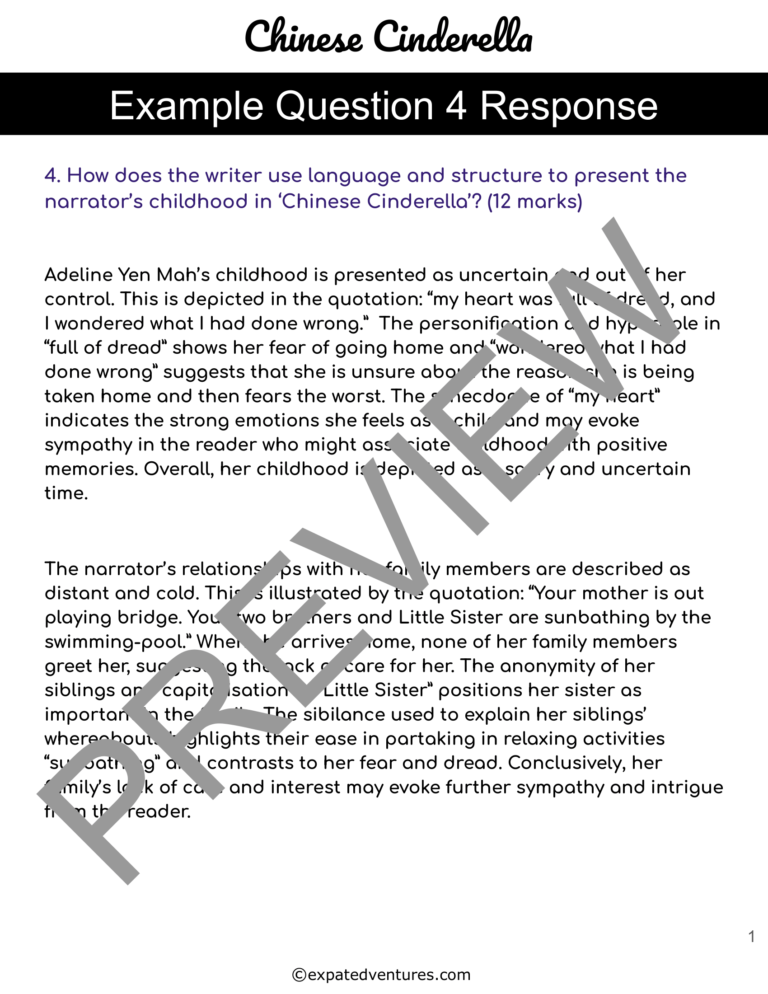
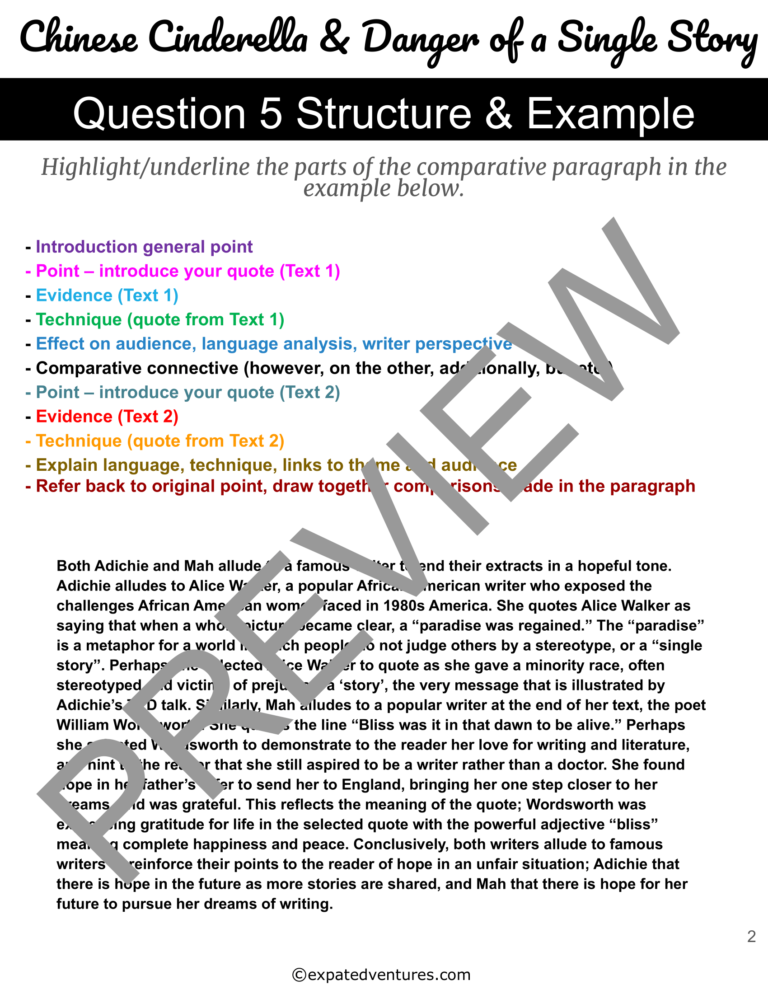
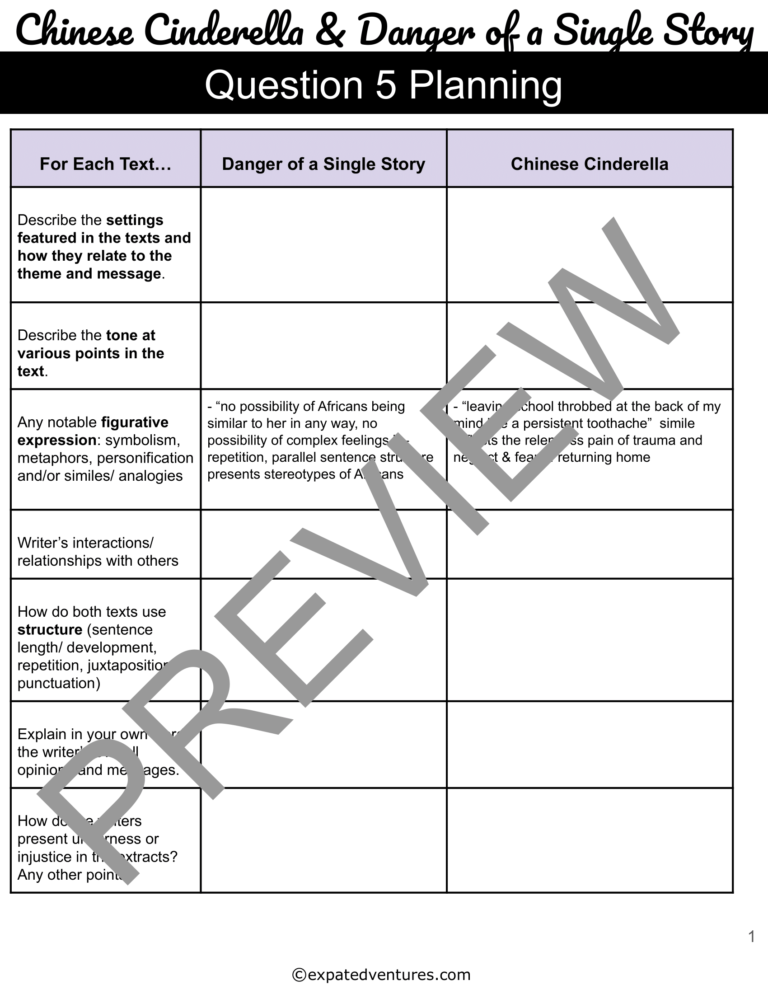
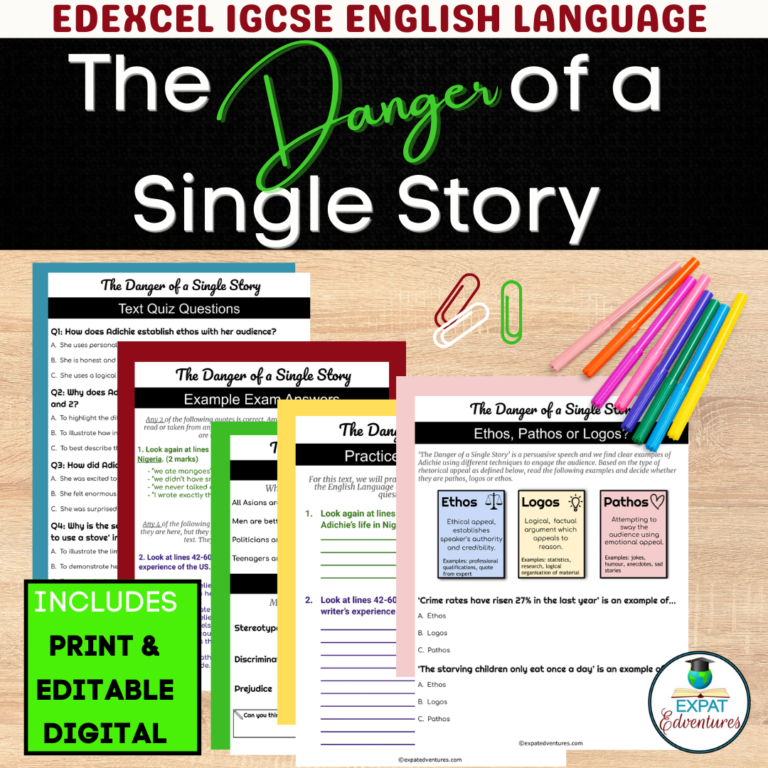

Pingback: A Passage to Africa GCSE & IGCSE Activities and Resources - Expat Edventures
Pingback: The Explorer's Daughter IGCSE Lessons with Activities - Expat Edventures